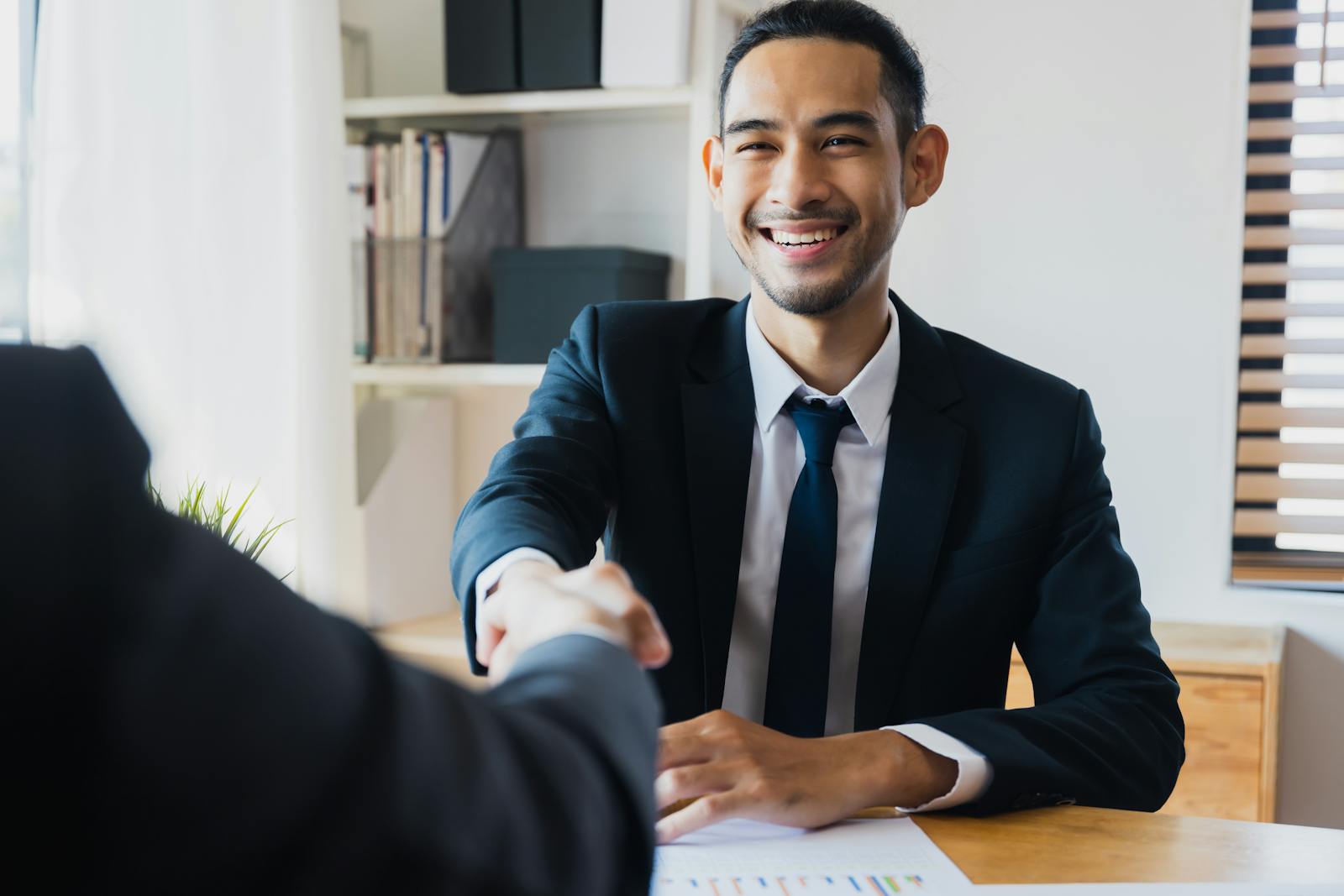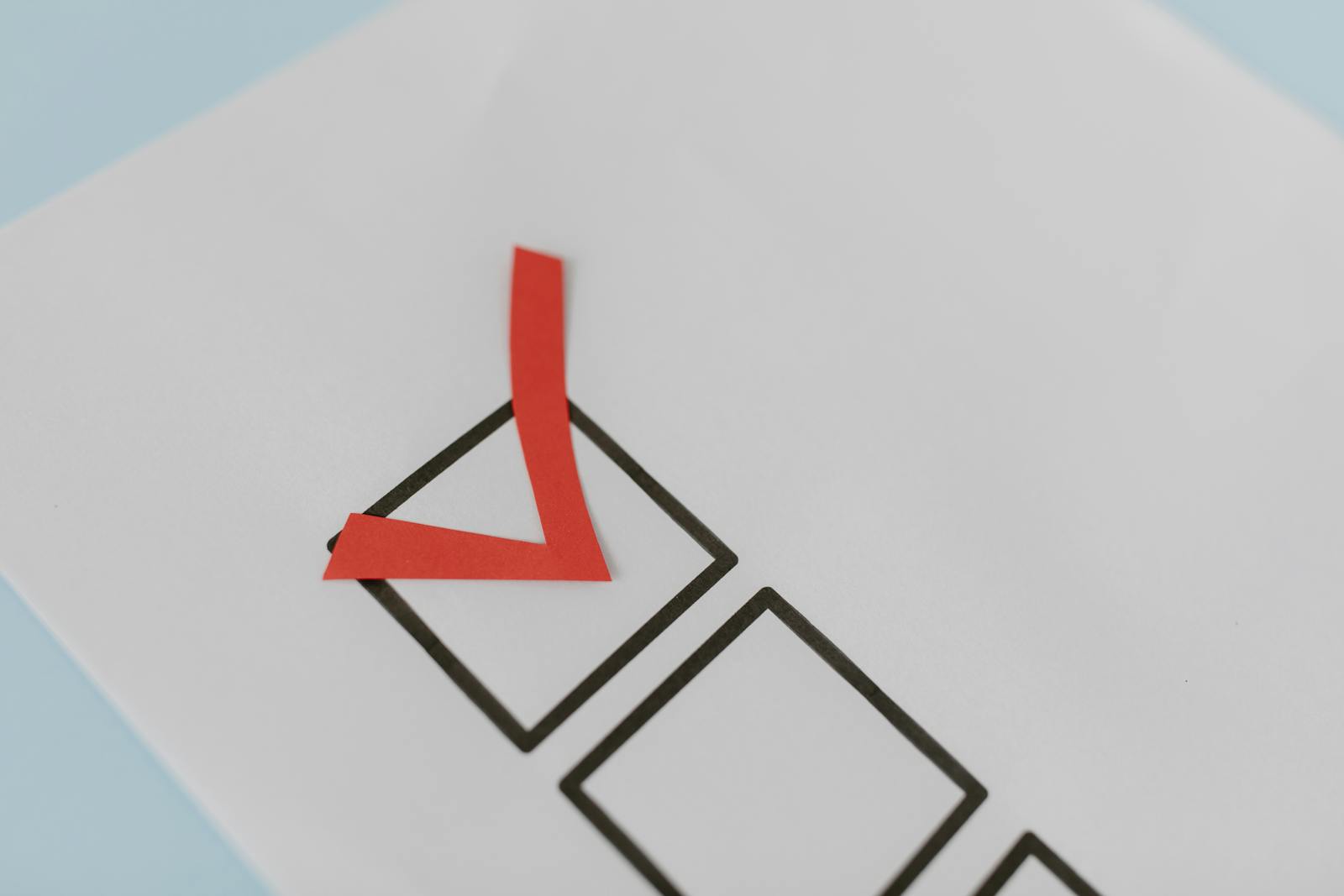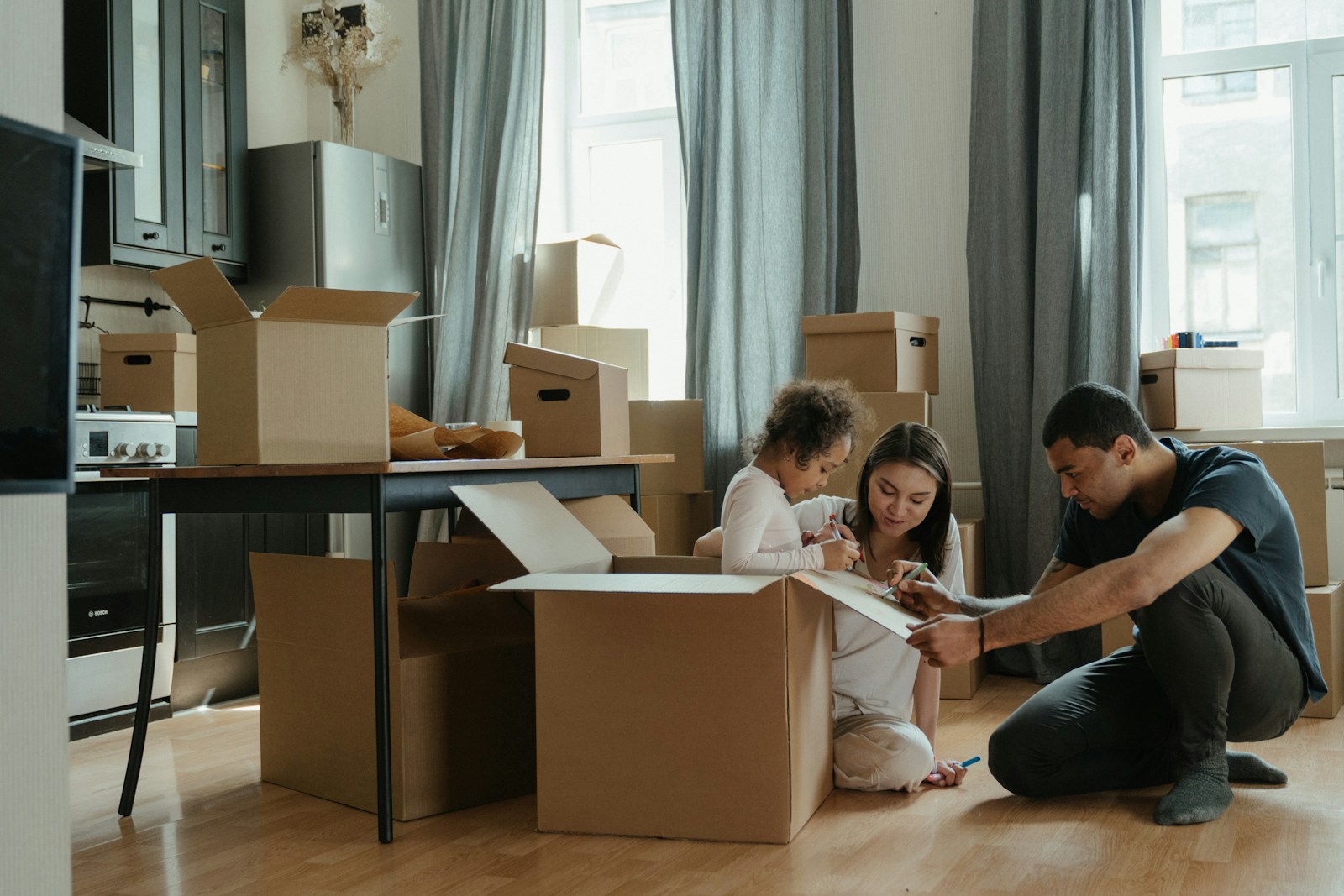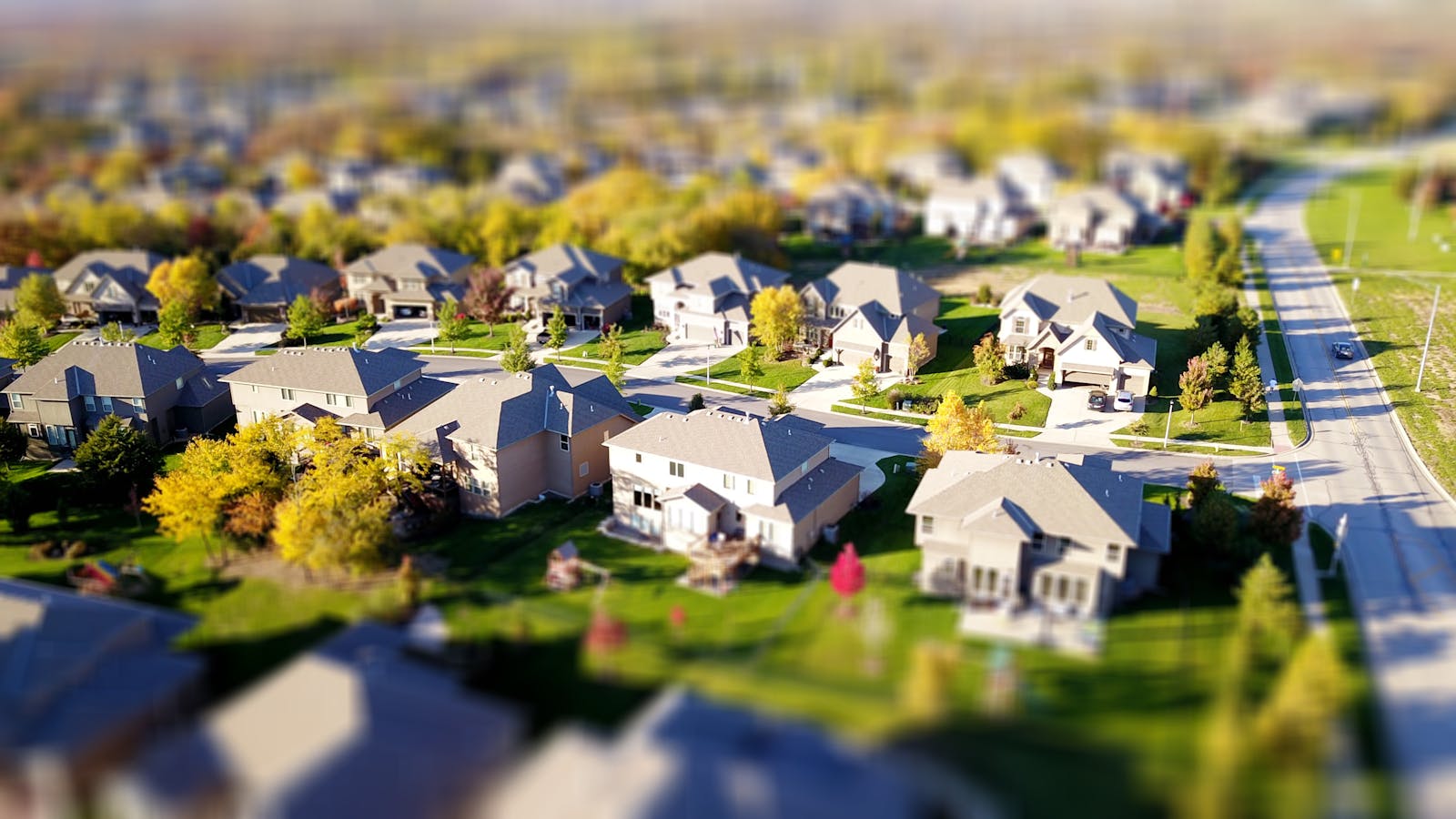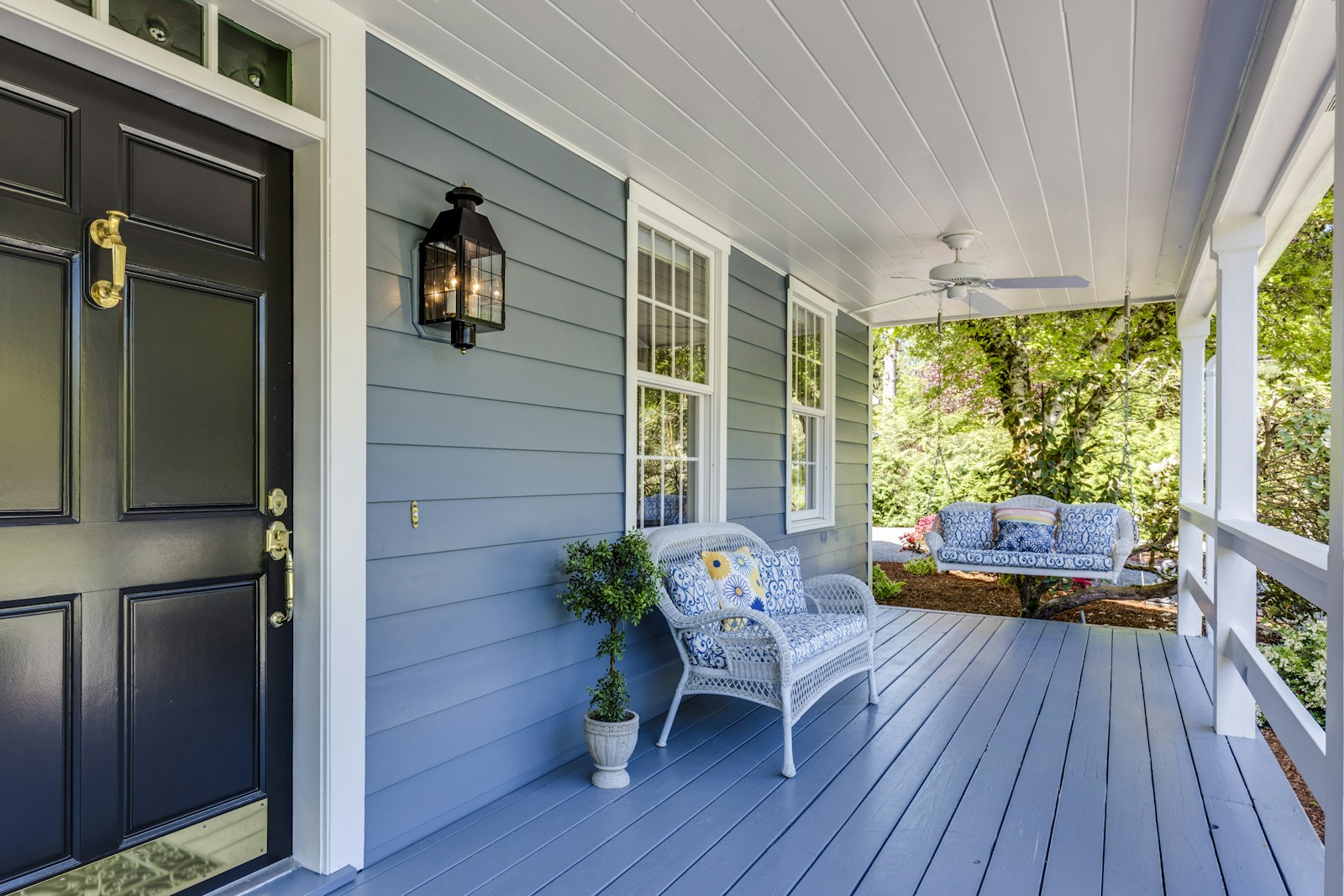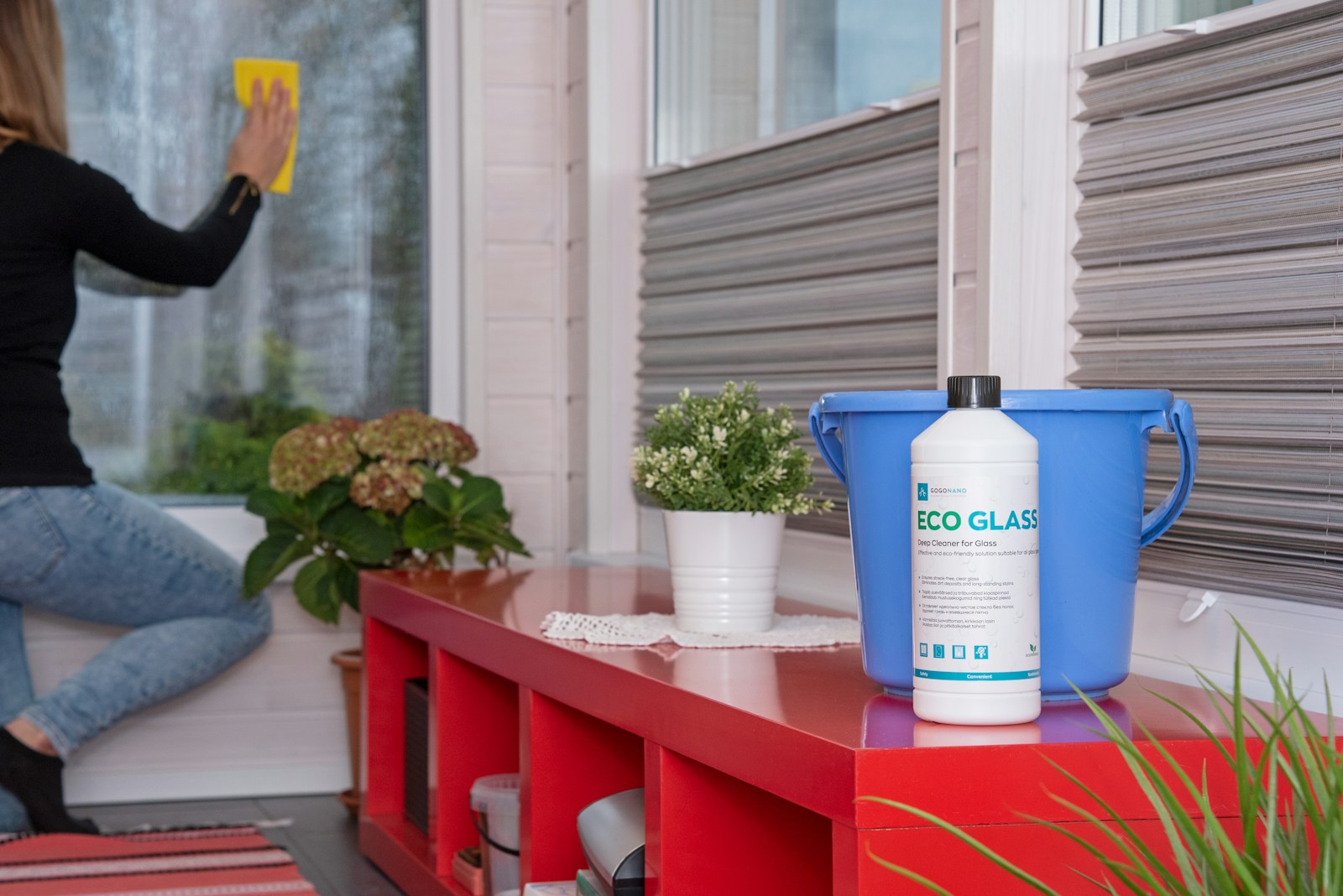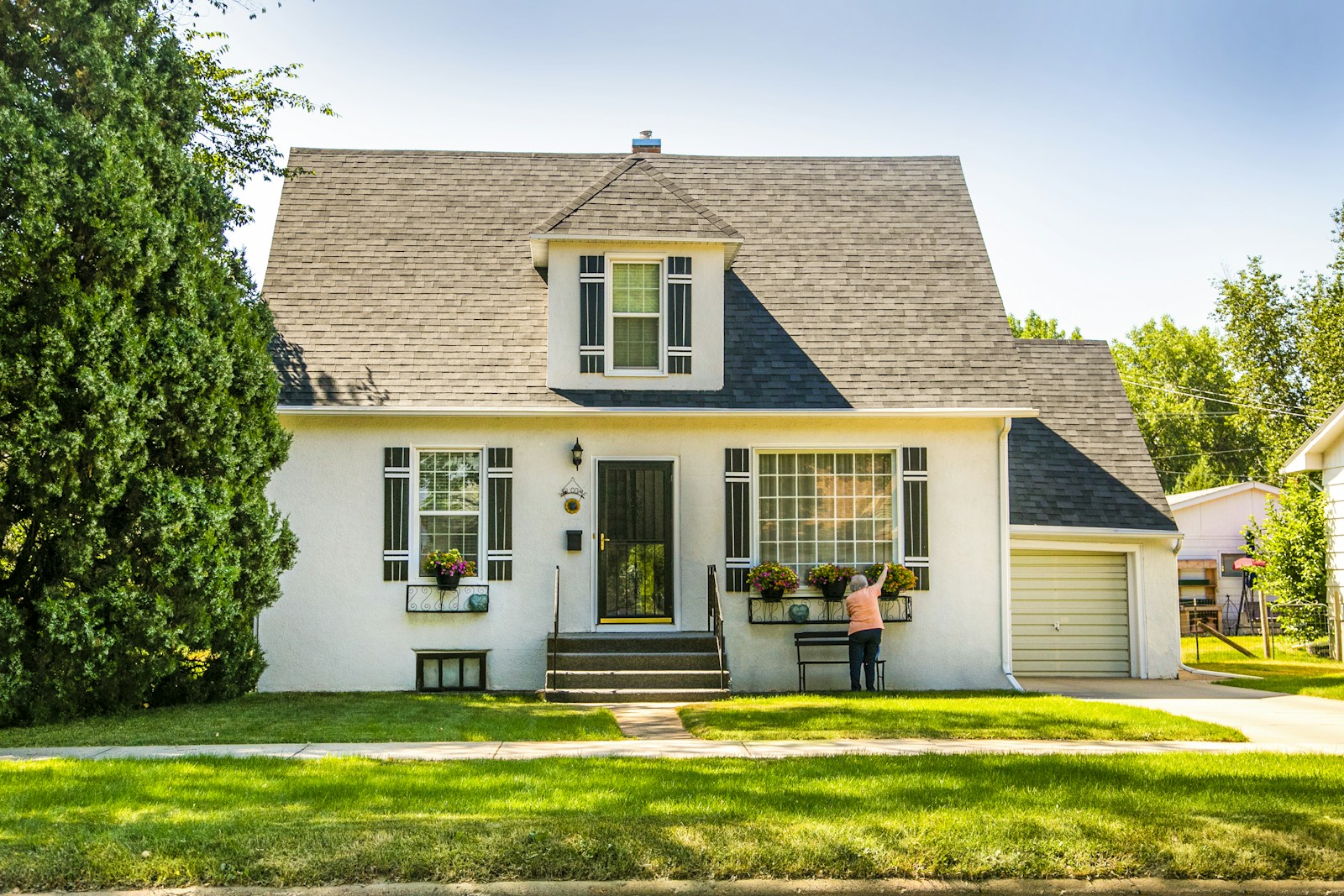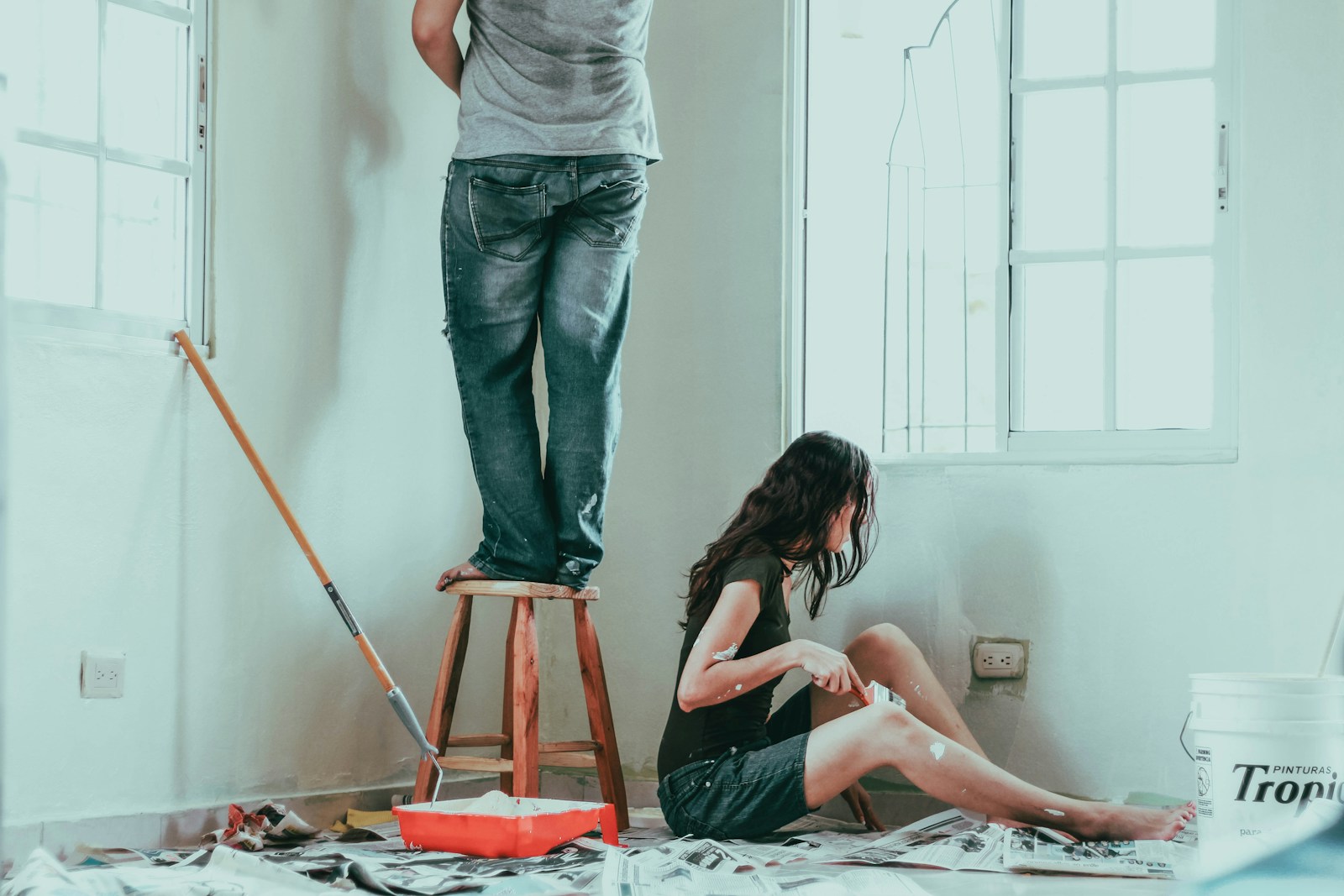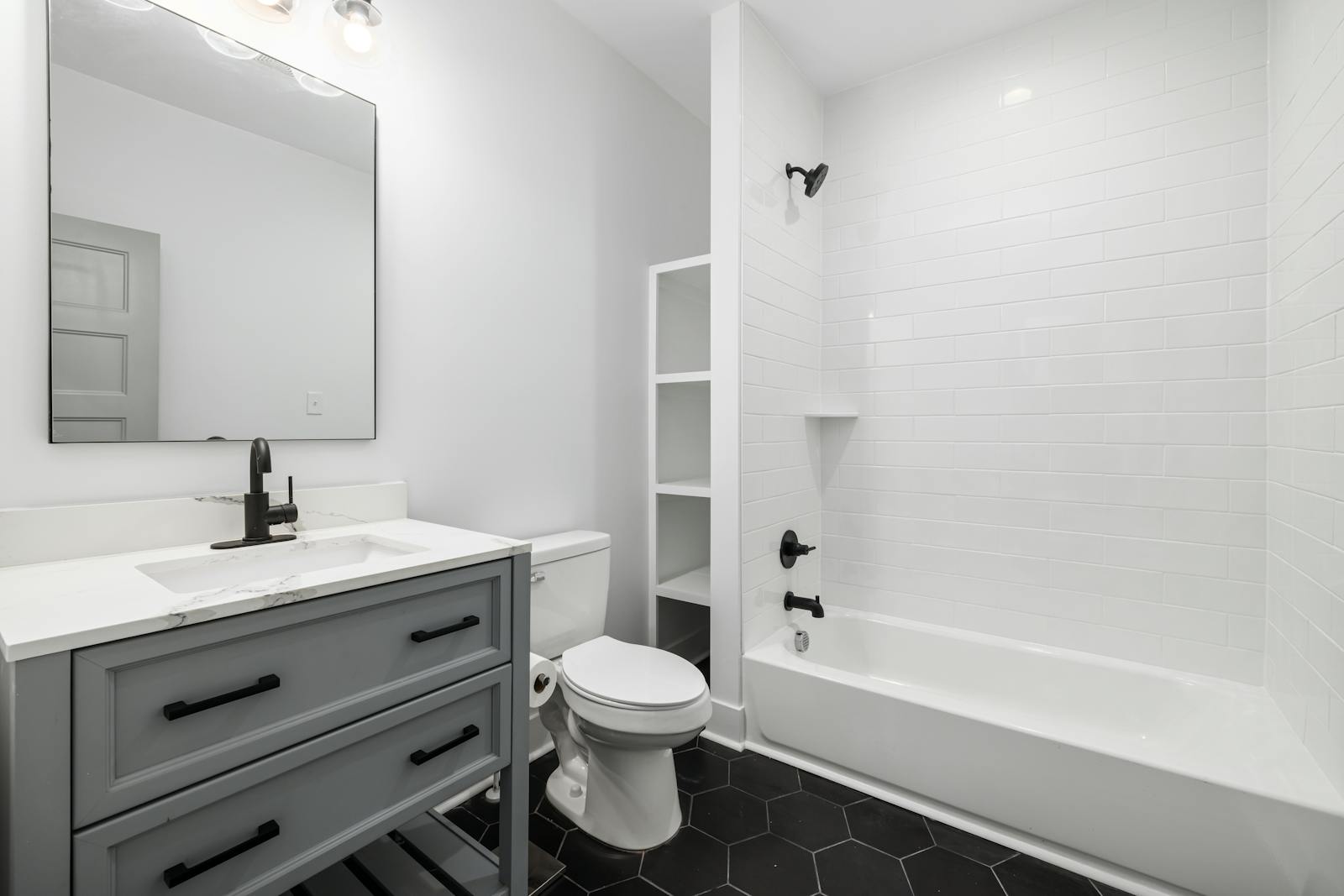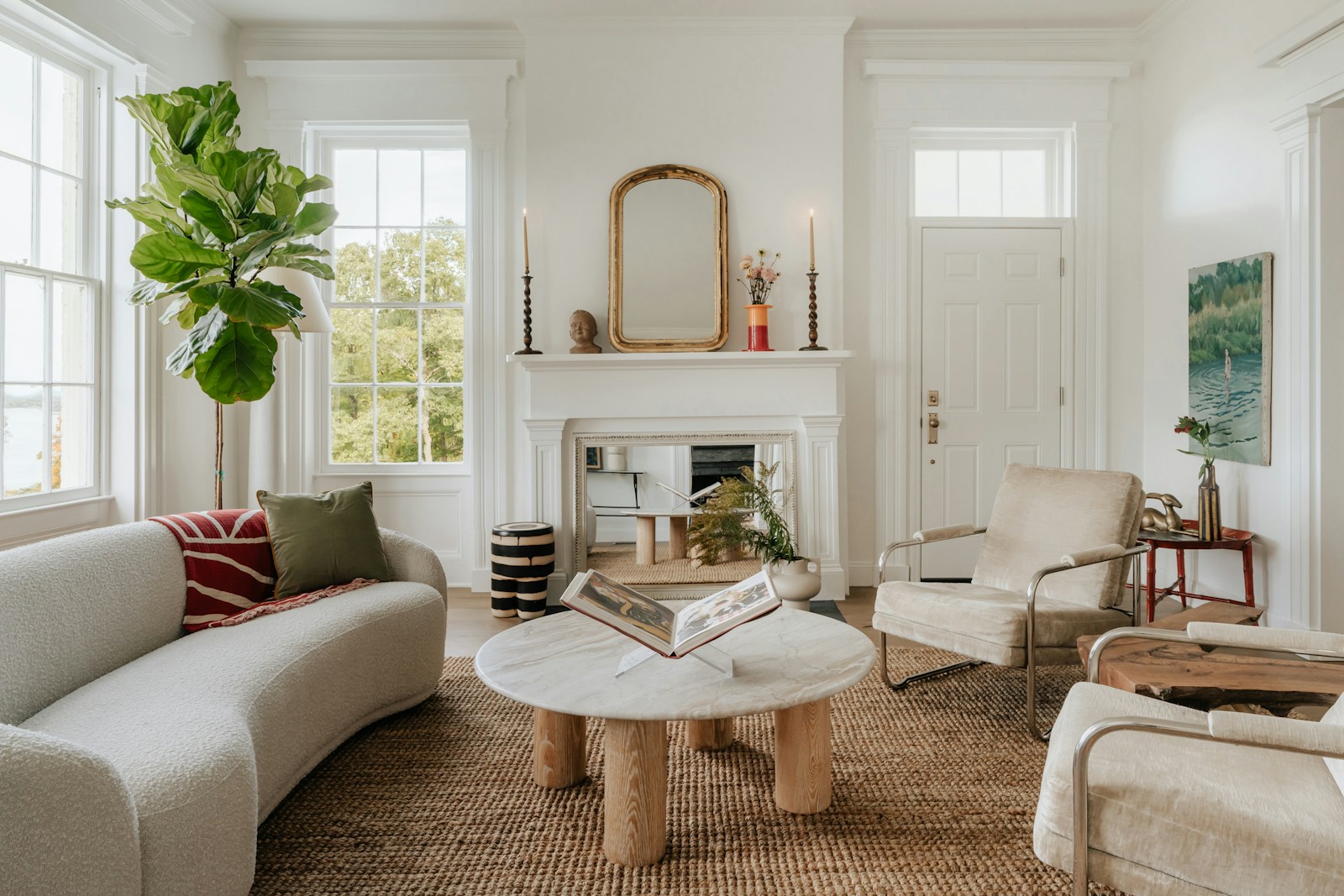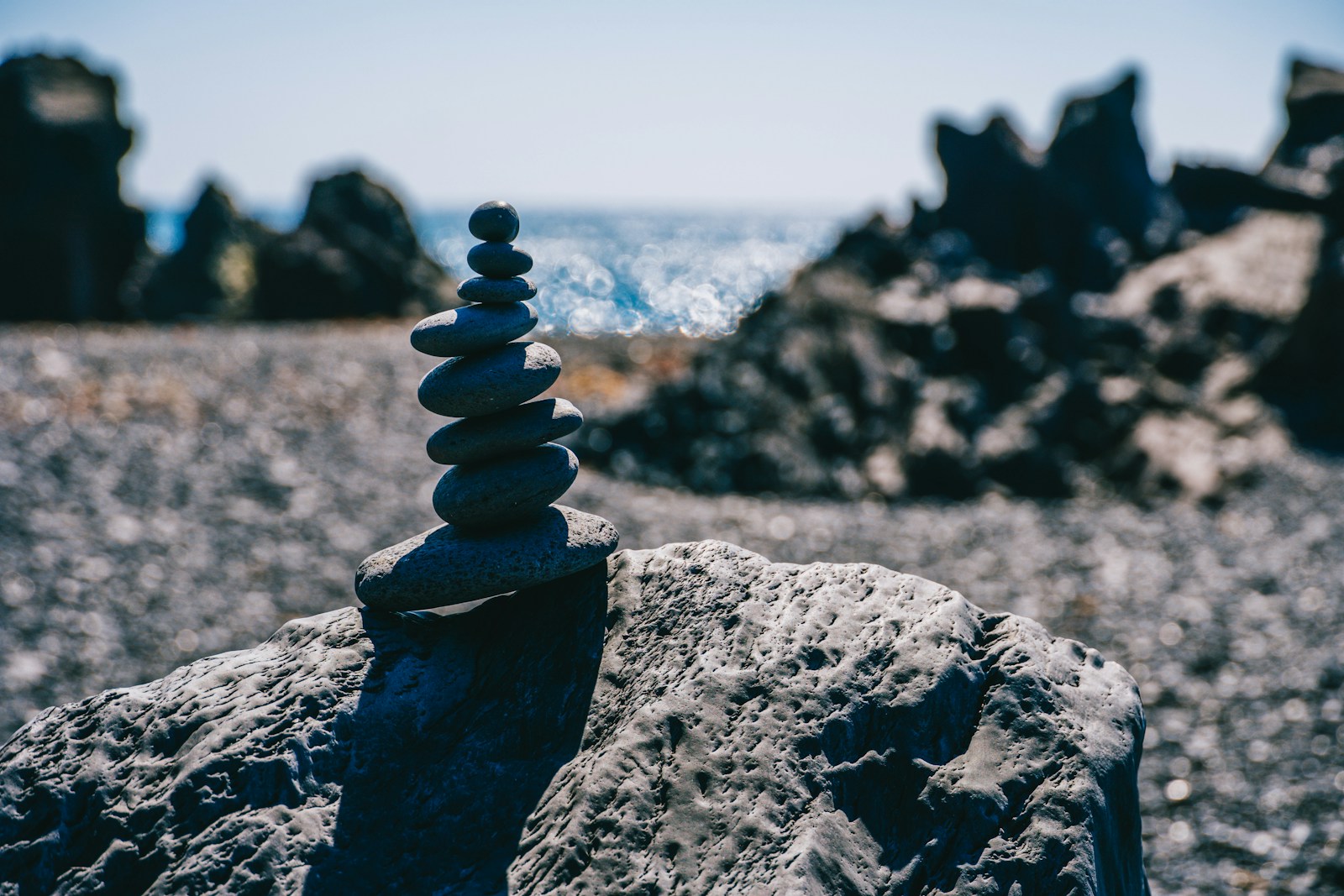If you’re planning to sell your Burlington home this year, preparation is everything. Today’s buyers are informed, selective, and quick to compare properties—so taking the right steps before your home hits the market can make a dramatic difference in your final sale price and how quickly you attract qualified offers.
At The Smallbone Team, we guide Burlington sellers through the entire listing process, and we’ve identified the five most important pre-market steps to help you stand out in any market conditions.

Get a Professional Market Evaluation—Not Just an Online Estimate
Online home value tools are convenient, but they often miss key factors: upgrades, condition, neighbourhood desirables, recent comparable sales, and buyer demand trends.
A professional, in-person home evaluation gives you a realistic understanding of your home’s value—and helps you plan your sale strategy with confidence.
Why it matters:
Prevents overpricing (which leads to longer time on market)
Helps you identify potential improvements worth making
Gives you clarity on your equity and next steps
The Smallbone Team provides complimentary, obligation-free evaluations tailored to Burlington’s micro-markets, from Orchard to Shoreacres.

Declutter and Depersonalize to Maximize Space
Buyers need to visualize themselves living in your home—and that’s difficult when the space feels crowded or highly personalized.
Focus on:
Clearing countertops and surfaces
Removing excess furniture
Packing away family photos
Organizing closets and storage areas
Tidying garages and basements
Even removing 20–30% of items in a room can make it look larger, brighter, and more inviting.
Pro Tip:
Start early. Decluttering also makes your eventual move much easier.

Make High-ROI Repairs and Updates
Not every upgrade is worth doing before a sale—but some small improvements can make a big impact on buyer perception and offer strength.
Top high-ROI items for Burlington sellers:
Fresh paint in neutral colours
Updated light fixtures
Caulking, patching, and minor repairs
Modern hardware on cabinets and doors
Landscaping touch-ups for curb appeal
Homes that feel “move-in ready” consistently sell faster and for more money.
Not sure what’s worth doing? The Smallbone Team provides tailored guidance based on your home’s condition and price point.

Invest in Professional Staging and Photography
In Burlington’s competitive market, your online presentation is often the first showing. Professional staging and photography transform your listing into a property that stops buyers mid-scroll.
Benefits of staging:
Highlights your home’s best features
Makes rooms appear larger
Creates an emotional connection
Helps buyers visualize their lifestyle in the home
Benefits of professional photography:
Better lighting and angles
Higher-quality MLS and social media presentation
More buyer traffic to your listing
The Smallbone Team provides access to professional stagers and photographers to elevate your home’s market appeal immediately.

Review Your Timing and Strategy With a Local Expert
Timing can significantly affect your sale. While Burlington real estate remains strong year-round, certain months and market conditions create more favourable opportunities.
A personalized listing strategy should include:
Best time of year and day of the week to launch
Pricing strategy based on current supply and buyer demand
Marketing plan (social media, open houses, targeted ads, online listing boost)
Pre-listing preparation schedule
Whether a pre-listing inspection makes sense
At The Smallbone Team, we build a tailored selling roadmap so you know exactly what to expect from preparation to closing.
Final Thoughts
Preparing your Burlington home properly before hitting the market is one of the smartest ways to increase your sale price and reduce stress. With the right strategy, expert guidance, and solid pre-market preparation, you’ll attract qualified buyers and create the best conditions for a successful sale.
If you’re considering selling this year, The Smallbone Team is here to help you navigate every step with confidence, transparency, and proven results.















